Powered by
Green Energy
The future of energy and water sustainability
The future of Energy and Water Sustainability demands substantial investments, reshaping the global real estate landscape. The shift from individual homeownership to institutionalized ownership of rental properties reflects the growing need to manage these complex infrastructures at scale. Institutional investors are better positioned to implement large-scale, sustainable systems that meet the increasing demand for energy and water resources.
At Next Day, we’ve been preparing for a Post-Carbon Energy future, free from fossil fuels, and we’re focusing on rainwater capture as part of our broader strategy for resilience. As the reliance on centralized utility grids diminishes, building autonomy for both energy and water supplies is becoming a crucial element in real estate development.
By implementing strategies on a neighbourhood scale and integrating these into broader portfolios, we reduce both Capex (capital costs) and Opex (operational costs), ensuring cost-effective and sustainable solutions.
Energy: the move toward decentralized and sustainable power
Energy production is rapidly transitioning from centralized models to decentralized systems, where private households and businesses generate and store their own energy. This shift is essential as electricity consumption is projected to triple over the next 30 years, driven largely by the adoption of Heating Pumps and electric mobility.
In 2022 in the European Union, the share of renewable energy varies significantly:
- Luxembourg: 14.4%
- Belgium: 13.8%
- Sweden: 66%
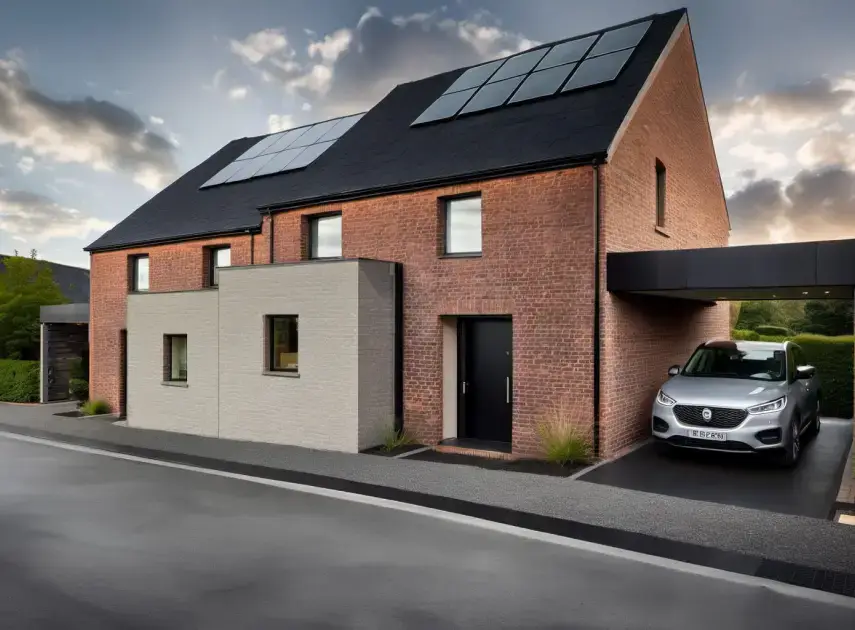
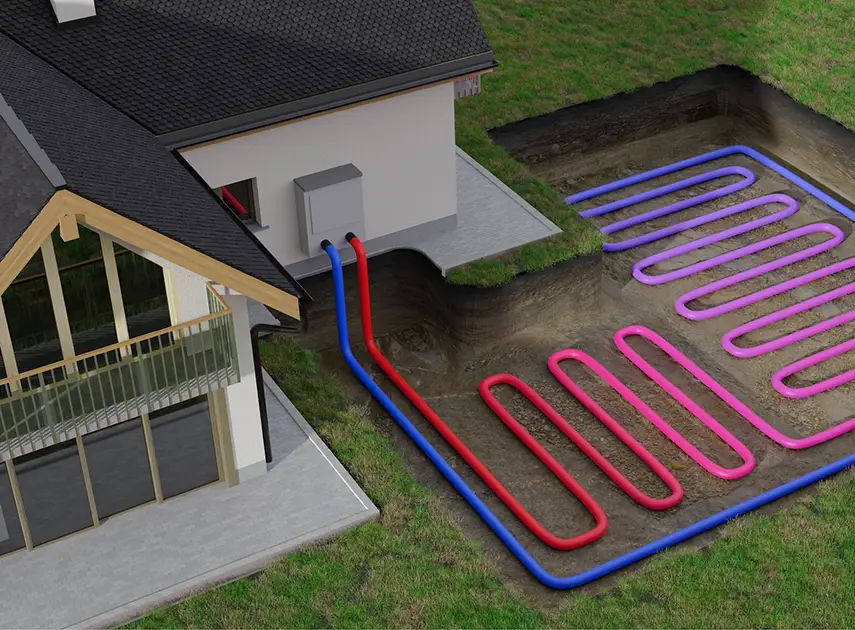
Energy trends
Heating Pumps (air/water) are expected to replace traditional gas and oil heaters as the primary residential heating solution by 2050.
- By 2050, 75% of all assets are projected to be equipped with Heating Pumps.
- In single-family homes, Heating Pumps already hold more than 50% market share, while in multi-family apartments, their market share is currently 10-15%. However, this is expected to rise to 75% between 2030-2039.
In all Next Day projects, we are already implementing 100% Heating Pump (Air/Water) systems.
Impact on electricity consumption
A typical household currently consumes between 3,000 and 4,000 kWh of electricity per year (excluding heating and mobility).
As homes transition to Heating Pumps, this demand will increase significantly. For example:
- Heating Pumps are expected to raise annual household consumption to 8,000-9,000 kWh.
- Electric mobility adds another 3,076 kWh per year, pushing total consumption to between 9,000-10,000 kWh, which is a 250-300% increase from current levels.
The adoption of electric vehicles and Heating Pumps will drastically raise overall electricity requirements, making decentralized energy production and storage systems essential for future energy resilience.
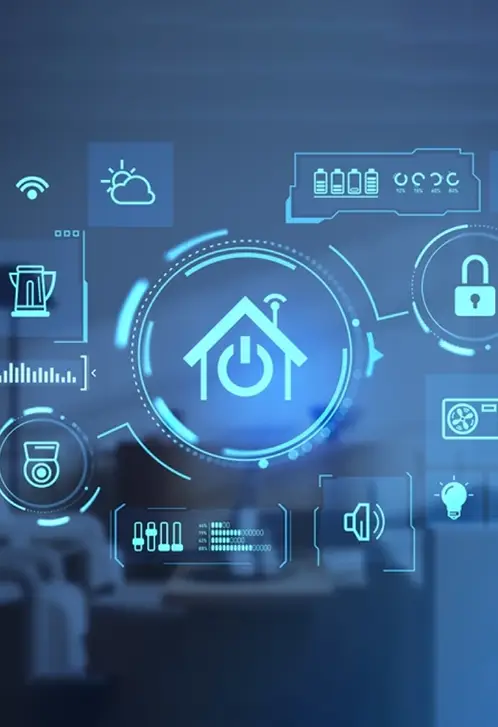
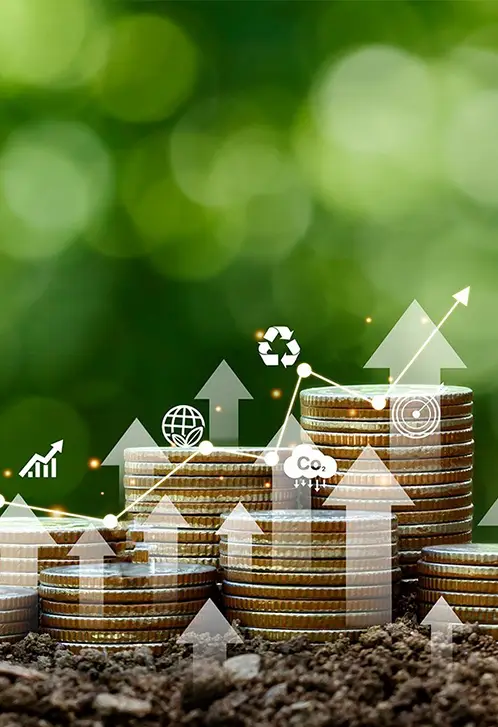
Energy pricing and autonomy
Water: sustainable rainwater management
While Belgium receives an average of 900 mm of rainfall per year, the country is increasingly facing longer periods of drought punctuated by heavy rainfall, making water management a critical issue. Climate change is altering the consistency and predictability of rainfall, impacting both water availability and storage needs.
Rainwater collection is becoming essential for uses such as flushing toilets, washing machines, and external irrigation. Despite this, only 43% of Belgian households currently have rainwater tanks, and in many cases, these are underutilized, often limited to garden irrigation rather than being connected to home plumbing systems.
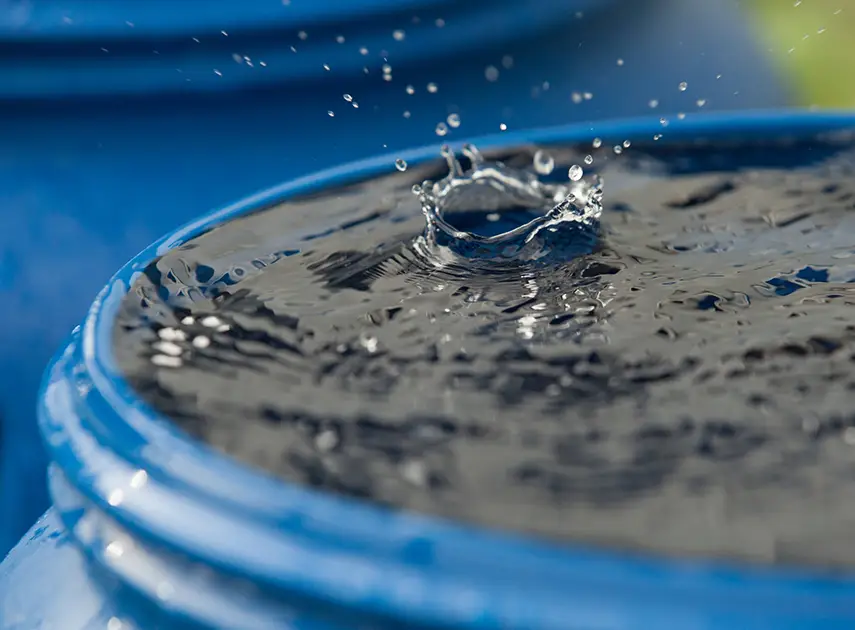

Key water facts
- Rainfall in Belgium varies regionally, from 700 to 1,400 mm annually, with urban areas facing additional challenges due to limited roof space for rainwater collection.
- Collecting enough rainwater for household use requires between 150 to 300 m² of roof surface, which is often insufficient in densely populated cities.
Next Day projects prioritize centralized rainwater collection systems that are designed to capture, store, and distribute rainwater for non-drinkable uses which represent up to 52 % of total household water consumption. This includes integrating systems that automatically manage water supply for toilets, washing machines, and irrigation in every development.
As urbanization increases, rainwater capture and efficient use become even more important. By including these systems in the design phase, Next Day ensures that future developments are equipped to handle changing water demands.
